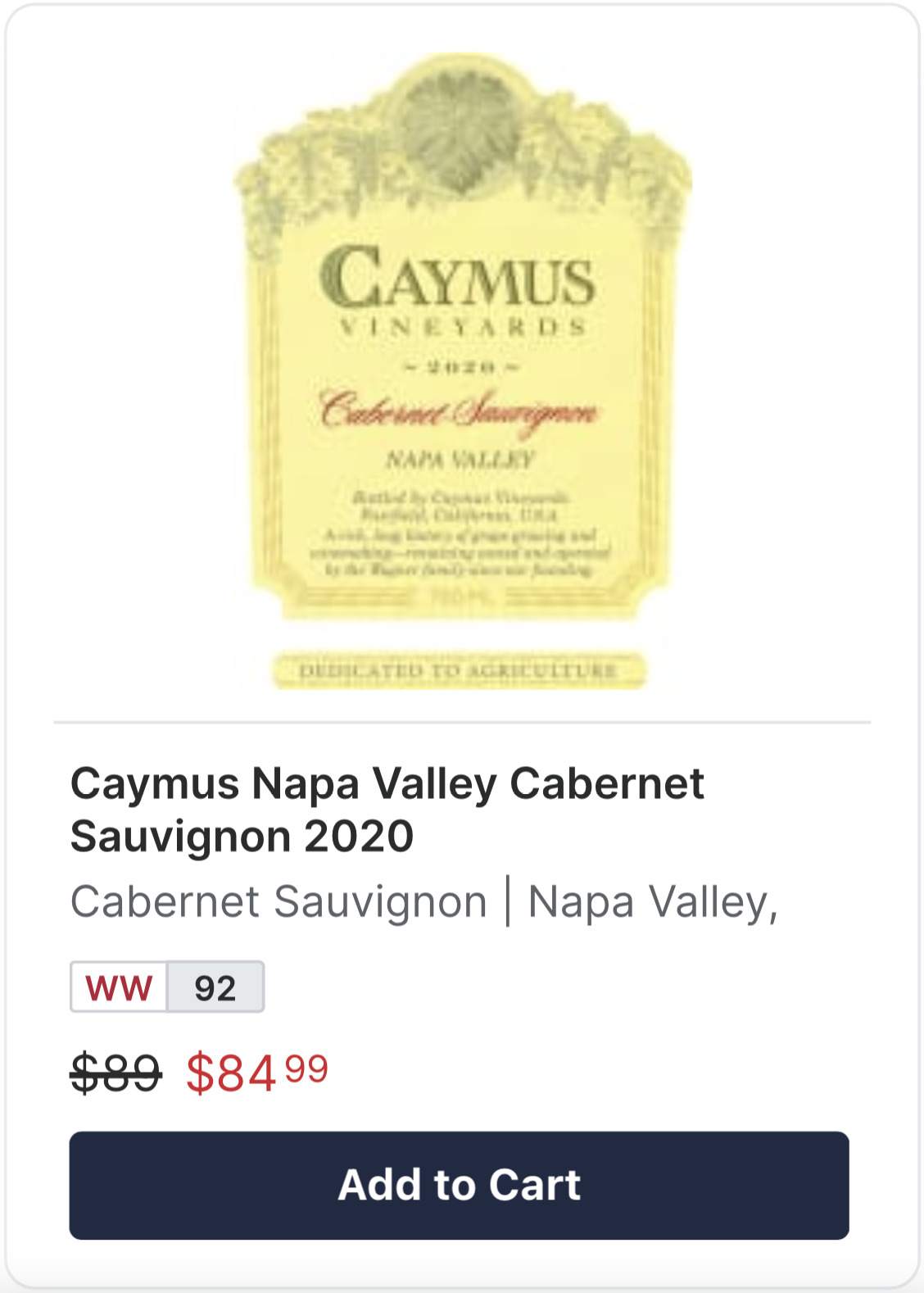
When you make purchases through our links we may earn a small commission.

Photo Credit: Brooke Cagle
Put It On Your Wall: CanvasOnDemand.com
The concept of economic security and social safety nets has been a subject of intense debate for many years. Two prominent approaches to addressing poverty and ensuring the well-being of citizens are Universal Basic Income (UBI) and traditional welfare programs. In this article, we will conduct a comparative analysis of Universal Basic Income and welfare systems, examining their key features, advantages, and drawbacks.
~ Opus One ~
Napa Valley’s #1 Wine
Universal Basic Income (UBI)
Universal Basic Income is a system in which every eligible citizen receives a regular, unconditional cash payment from the government. The defining characteristics of UBI include:
Unconditional Payments: UBI provides financial support to all eligible individuals without any means testing, which means that it doesn’t consider one’s income or employment status.
Consistency: The payments are made regularly, often monthly or annually, providing a predictable income source.
Simplicity: UBI is designed to be simple and easy to administer, reducing administrative overhead.
~ Opus One ~
Napa Valley’s #1 Wine
Welfare Programs
Welfare programs, on the other hand, encompass a variety of government assistance initiatives that offer financial support to those in need. Traditional welfare systems have the following features:
Means-Tested: Welfare programs typically require applicants to demonstrate their financial need, and eligibility is determined by factors like income, assets, and family size.
Categorical Assistance: Many welfare programs target specific needs, such as housing assistance, food stamps, or medical benefits, rather than providing a universal cash grant.
Complex Bureaucracy: The administration of welfare programs often involves significant bureaucracy and oversight to ensure recipients meet specific criteria.
~ Opus One ~
Napa Valley’s #1 Wine
Comparative Analysis
Let’s now explore the comparative analysis of Universal Basic Income and welfare systems across various aspects:
Economic Security:
UBI: UBI provides a consistent source of income, promoting economic security and reducing poverty rates by ensuring that everyone has a financial safety net.
Welfare: Welfare programs can also offer economic security but may be subject to bureaucratic hurdles and stigmas associated with means-testing.
Administrative Efficiency:
UBI: UBI is generally simpler to administer since it doesn’t require extensive means-testing or oversight, reducing administrative costs.
Welfare: Welfare programs often involve complex bureaucracies to assess eligibility, leading to higher administrative expenses.
Work Incentives:
UBI: UBI can provide a steady income floor, potentially reducing the “welfare trap” where people may avoid work due to the risk of losing welfare benefits. It offers a consistent incentive to work, as additional earnings are not offset by reductions in benefits.
Welfare: Some welfare programs may inadvertently create disincentives to work, as additional income earned can lead to a reduction in benefits, discouraging individuals from seeking employment.
Targeting and Poverty Reduction:
UBI: UBI is universal and provides income to all, potentially reducing poverty and income inequality by addressing both the working and non-working poor.
Welfare: Welfare programs can be more targeted, focusing on specific needs, but may not reach all individuals in need, leaving some without assistance.
Stigmatization:
UBI: UBI can help reduce the stigma associated with welfare since it provides income to all without means-testing or categorical assistance.
Welfare: Traditional welfare programs may stigmatize recipients due to the perceived need for assistance or eligibility criteria.
~ Opus One ~
Napa Valley’s #1 Wine
Both Universal Basic Income and traditional welfare systems have their merits and drawbacks. UBI offers simplicity, economic security, and reduced stigma but may require higher levels of funding. Welfare programs can be more targeted and offer specific forms of assistance but often involve administrative complexities and may inadvertently discourage work.
The choice between UBI and welfare depends on the goals of a society, available resources, and the desire to balance economic security with work incentives. Ultimately, a combination of approaches may offer the most comprehensive solution to addressing poverty and ensuring the well-being of all citizens. The comparative analysis presented here serves as a foundation for policymakers to make informed decisions about which approach aligns best with their objectives and values.
You’ll get more articles like this – and our favorite promotional offers delivered straight to your inbox.
By submitting this form you agree to our terms and conditions. You can unsubscribe at any time.

























